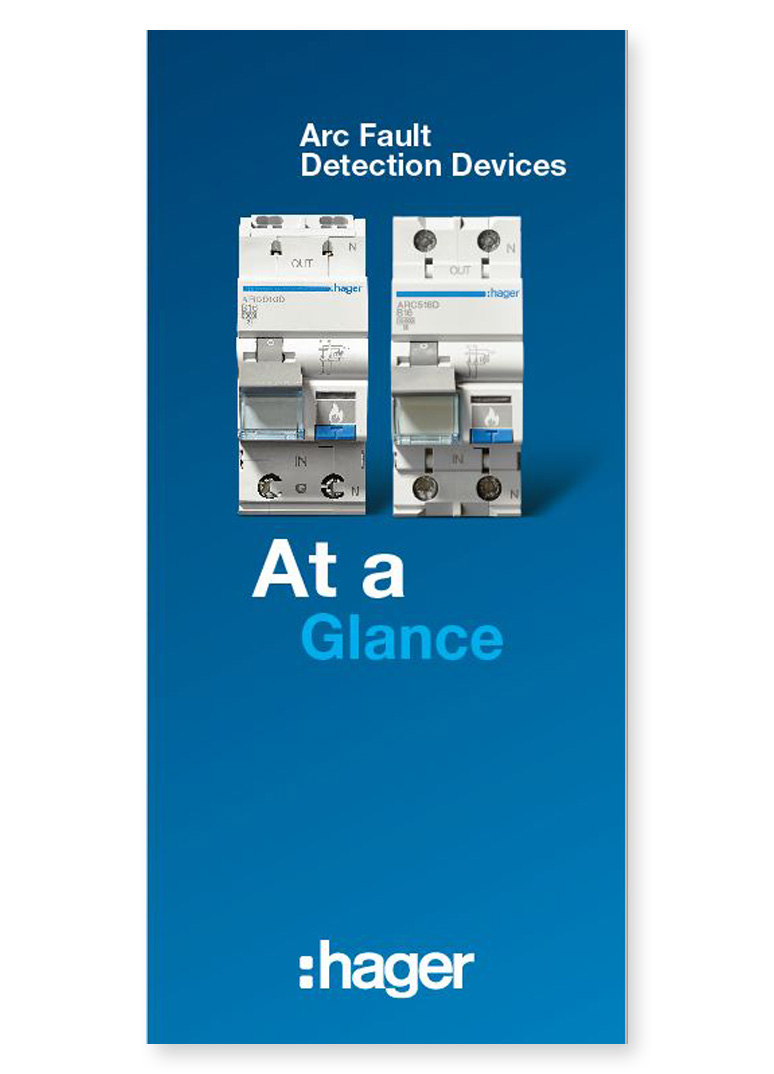Increasing Protection - Arc Fault Detection Devices
Arc fault protection devices (AFDD) use microprocessors to identify characteristic current flow and voltage curves that indicate an arc fault and automatically trip the affected circuit.
This significantly reduces the risk of fire due to faulty conductors and connections. The protective function of the AFDD has already proven its worth internationally, and has been used in Germany since February 2016.
I.S.10101 recommends the use of these to provide additional protection against fire.
This significantly reduces the risk of fire due to faulty conductors and connections. The protective function of the AFDD has already proven its worth internationally, and has been used in Germany since February 2016.
I.S.10101 recommends the use of these to provide additional protection against fire.
Monitoring via Microprocessor
An AFDD is activated by both series and parallel arc faults. Unlike circuit breakers or RCDs, an AFDD does not have an electromechanical trigger, but utilises electronic technology to analyse the signature (waveform) of an arc. It reliably differentiates between an arc fault and the signature (waveform) in normal switching and control events, preventing false tripping.
Potential Causes
Arc faults can be caused by all types of line faults and worn contacts;
An AFDD will trip the circuit when a potentially hazardous arc occurs, eliminating the resulting fire hazard.
- Kink / break in a cable
- Cable wear due to frequent use
- Cable damage resulting from drilling or construction work
- Incorrect wire stripping
- Incorrect bending radii
- Loose screwed connections
- Defective wall plugs
- Rodents biting cables
An AFDD will trip the circuit when a potentially hazardous arc occurs, eliminating the resulting fire hazard.
Ring Final Circuits
Contrary to common belief, AFDD’s do offer protection against arc faults in ring final circuits and to the equipment being fed from this circuit. A series arc fault in one leg however, is unlikely to be at a dangerous level so will not be detected. This is due to current in this instance flowing around the other leg of the ring. A series arc fault will be detected in equipment and in flexible cables connected to the ring final circuit. Parallel arc faults are detected and disconnected in all parts of the ring circuit and on all connected equipment.
Effective Areas Of Protective Devices Depending On Fault Position & Type
Products
AFDD At a Glance Flyer
Further Information
The Hager technical team contribute to a number of key industry publications, for AFDD we have been involved in the preparation of the BEAMA Guide to Arc Fault Detection Devices (AFDDs)





